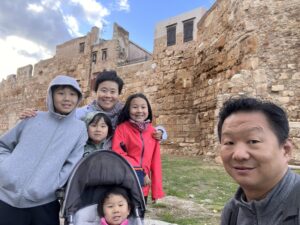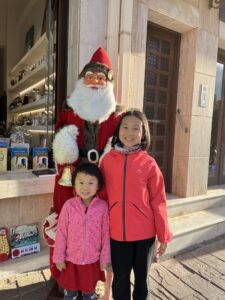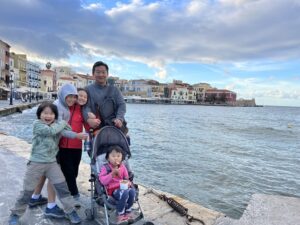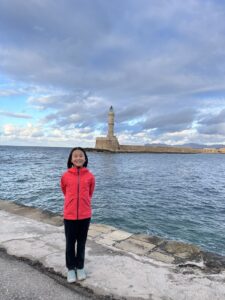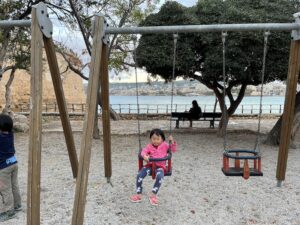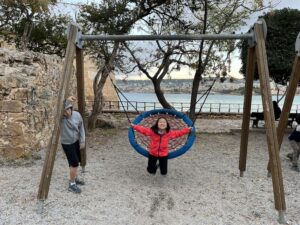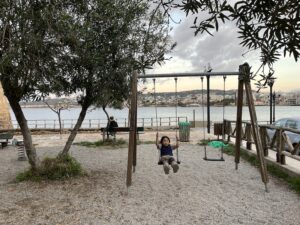Chania was built on the ruins of the ancient city of Kydonia. According to legend, Kydonia was founded by Kydonas, the son of Hermes and Akakalida (daughter of King Minos). Archaeologists can trace Kydonia’s earliest beginnings to ancient Minoan times, as early as 3650 BC. Ancient Kydonia flourished for over two thousand years when it came to an abrupt end around 1150 BC, in step with the decline of the Minoan civilization.
Around 500 BC, with the influx of new settlers in the area, Kydonia once again began to grow and thrive. The Romans conquered and looted the city in 69 BC. Less than four decades later, Kydonia was declared by August Caesar to be independent.
Over the next millennium, Kydonia was controlled by the Byzantine Empire followed by the Venetians who began to call the city Chania. The Venetians were largely in control for over four centuries, during which time Chania was a thriving port and cultural center. Many of the buildings and home constructed during Venetian rule still stand prominently in Chania today, including the port, portions of the city wall and many elegant homes.
In 1645, the Turks successfully invaded Chania and converted all of the churches into mosques. The Turks also added new mosques, fountains, bathhouses, hospitals and other military fortifications. After years of revolts against the Turks, Chania was declared autonomous in 1897. A few years later, Chania together with the entire island of Crete, was united with independent Greece in 1913.
Today, the character of Chania Old Town is defined by its rich past with western and eastern elements featured prominently in its architecture. We arrived in Chania Old Town in the late afternoon and since we were all famished after a busy morning visiting the olive estate, Astrika Estate Biolea, followed by an unexpected adventure through the olive groves enroute to Komolithi, we didn’t waste any time finding a quick bite to eat. We stopped at a street-side kebab restaurant and got straight to work refueling our hungry bodies.
After our late lunch, we headed straight to the Venetian Harbor. We walked through some quiet shop-lined streets only a few visitors browsing through them. We passed by a preserved part of a Byzantine era wall built in the 7th century AD. It was constructed using repurposed stones from even more ancient walls including some from ancient Kydonia, which would have laid mostly in ruins after a series of devastating earthquakes. When the Venetians arrived, the wall was repaired and used until the Venetians expanded the city and built a new wall around the larger city in the 16th century.
When we reached the harbor front, the sea and the sky opened up in a blanket of blue. The harbor front was lined with colorful restaurants and cafes in sandy pastel shades. With many of the establishments closed for the winter, it felt desolate, like a movie set waiting for actors to give it life.
We strolled along the harbor enjoying the salty sea breeze and the captivating view of the Egyptian Lighthouse, a solitary sentinel gazing into the Sea of Crete. The lighthouse was built by the Venetians toward the end of the 16th century. It was reconstructed by the Egyptians around the mid-1800s when it was given a more distinct appearance resembling a minaret.
We continued our stroll westward, around the harbor and past the Maritime Museum. We didn’t have a destination in mind. We were just exploring, or walking aimlessly, depending on how you look at it. These are my favorite kind of walks because around every corner, there could be magic.
We followed the path beside the sea and came upon a small playground. It wasn’t anything fancy, just a neighborhood playground with a few swings. This kind of playground would have been underwhelming, possibly even disappointing, if we were searching for a playground. But to discover it in this place and at this moment, unexpectedly, was pure magic. The kids activated their imagination and creativity that was heightened by this spontaneous discovery and had the best time with the simple equipment that this little playground offered.
While the other kids were playing together, DY played alone, challenging himself with increasingly risky moves and jumps off of the swing, yelling “Kowabunga!!!” every time he let go of the swing and propelled himself into the air. I watched him for a few moments compelled to remind him to be careful. I resisted the urge to heed caution and just watched him as he seemed to effortlessly summon courage. After a few perfect landings, he fell on the sand and scratched up his hands and knees. He ran over to me and showed me his injured palms. I hugged him and told him he would be ok.
Author
-

Song is the mother of four children. She and her family have stepped away from it all and in September 2023, began traveling the world while homeschooling. Song is an ABC (American born Chinese) and has an undergraduate degree from Cornell and an MBA from Harvard. She is an entrepreneur and an educator. Her hobbies include learning, traveling, reading, cooking and baking, and being with children.



